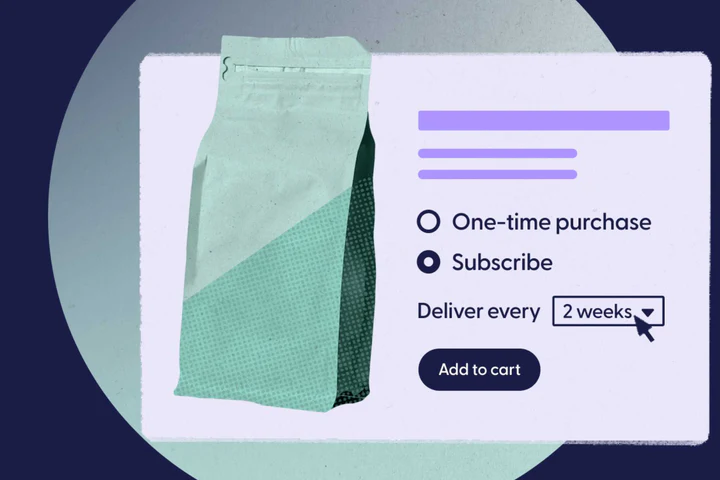In 2022, subscription services saw substantial growth. Despite tightening their belts on spending in other categories across the board, consumers felt comfortable retaining their existing subscription services and committing to new subscriptions.
Delving into 2022’s subscription growth trend, Recharge recently produced “2023 The State of Subscription Commerce” report.The full report goes in depth on how merchants of all sizes and verticals performed in 2022.
Here, we will give you a recap on the 2022 KPI analysis and share Recharge’s tactics to create deeper, more valuable customer relationships.
Looking for benchmark data by vertical and by subscriber count? Then you’ll want to bookmark this section of the report.
The KPI: Average Order Value
The Vertical: Food and Beverage
The Takeaway: Food & Beverage merchants continued to top the charts for overall AOV with a $12 greater than average across all subscription merchants. The report noted that inflation likely played a key factor in the growth of average order value across all verticals, food and beverage being no exception.
The Recharge Tactic: “To encourage customers to stick with your business in times of high inflation, consider launching smaller, lower-priced options in every category,” the report stated. “Meanwhile, maintain your efforts to boost AOV with strategies like instating order minimums for free shipping, bundling products in creative ways, and offering loyalty programs.”
The KPI: Lifetime Value
The Subscriber Count: 10,000+
The Takeaway: Merchants with 10,000 or more subscribers experienced higher levels of LTV growth, demonstrating that lower-cost, replenishable subscription products are popular among consumers and companies alike.
The Recharge Tactic: “Make it easy and enticing for customers to subscribe from the first time they visit your site. Subscriptions-on-first-purchase offers can not only help you acquire new customers, but also retain them for longer, leading to more purchase of their relationship with you.”
KPI: Monthly Recurring Revenue
The Vertical: Home Goods
The Takeaway: Home Goods brands’ MRR increased by 14%, significantly more than the average for merchants.This suggests that in 2022, the vertical experienced a greater increase in newer customers.
The Recharge Tactic: “To strengthen trust in your brand, find meaningful ways to connect with subscribers. Consider podcasts that educate and entertain, social media sites where you can individually respond to customer content, or a community platform where users can interact with your brand and each other. By centering your customers in this way, you create deeper meaning and strengthen their relationship with you beyond just transactions.”
The KPI: Customer Churn
The Subscriber Count: 50,000+
The Takeaway: Overall, monthly customer churn rates decreased throughout 2022 across verticals. Notably, merchants with more than 50,000 subscribers held the lowest and most predictable churn rates month-over-month. According to Recharge, this suggests that the more resources and customer data are available to a merchant, the more effectively they may be able to predict and mitigate churn.
The Recharge Tactic: “Make it easy for your customers to stick with you.”
Recharge suggests:
- Focus on your cadence
- Identify churn-risk milestones
- Set up automations to mitigate passive churn
The KPI: Retention
The Vertical: Home Goods
The Takeaway:Annual customer retention for Home Goods merchants reached 51%, compared to the 33% average across all subscription merchants.
The Recharge Tactic: “Target your retention strategies with customer data.”
Recharge suggests:
- Use segmentation to send the right offers to the right customers.
- Find the ideal variety of products.
- Take advantage of promotional periods, such as the holiday season, to signup customers and drive repeat business.
Recharge’s “2023 The State of Subscription Commerce” also reveals some interesting statistics and takeaways on subscriber behavior that can help businesses evaluate their own subscription strategies, particularly as economic headwinds continue to be a reality.
“It appears that comfort is a key factor that compels people to commit to a subscription,” the report said. “That doesn’t just mean comfort with the subscription business model—it extends to the very products customers subscribe to.”

